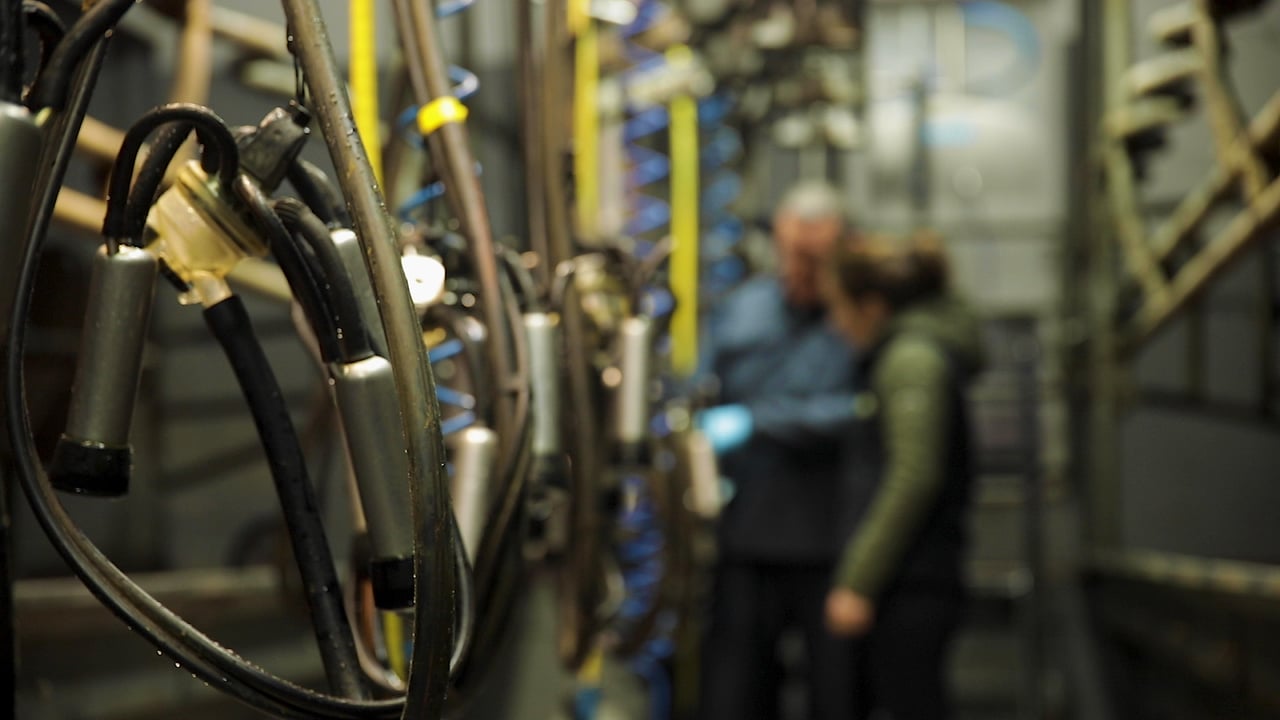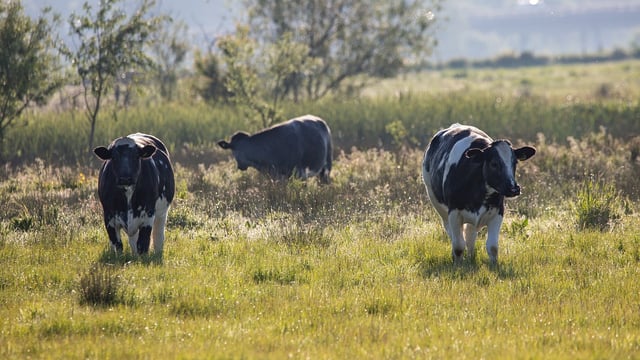Preparing for drying off autumn calving cows in the herd
Heading towards the latter end of July, for the autumn calving cows this indicates the final stages of the lactation and that drying off is imminent.
Cows should now be selected from the herd for selective dry cow therapy (SDCT), the criteria for which should have been set by now, and analysed and revised by your vet.
Identifying cows early will help with a swift and effective drying-off while limiting infection and the use of antibiotics in your herd.
Milk recording data is going to play a pivotal role in this selection for SDCT, as your lowest somatic cell count (SCC) with little health issues are going to be the main contenders to only receive sealers.
Heifers and thin cows should be considered for drying off 12 weeks in advance of calving to give them a break and to allow them to build their body condition and replenish the mammary tissue in the udder.
With SDCT now compulsory, dairy farmers are no longer allowed to administer dry cow tubes to all quarters of all cows in the herd at drying-off.
Before choosing cows to go for SDCT, you should consult your vet at all stages of the transition and sign up for milk recording four to six times/year to ensure the selection of cows is effective and efficient.
As well as identifying the cows that will fit the criteria for SDCT, milk recording will also give you the data to track mastitis cases that occurred during the year and to identify which cows will need an antibiotic during the tear.
Good hygiene during drying-off is essential in order to ensure you are not introducing new infection to cows during the process, and is more applicable when you are using SDCT, and putting a sealer in healthy cows.
The drying off of cows is a huge risk period as by opening up the teat canal, you risk exposing it to new infection if hygiene and care are not at the heart of the process.
The following steps should be followed:
- Identify the cows to be dried off with sealer only and draft them the following milking;
- Wash out the parlour and get organised with gloves, methylated spirits, etc.;
- Take your time and do not try to do too many cows in the one day;
- Target small numbers (six to eight cows);
- Thoroughly clean the teats, seal, teat spray, and mark the cows that have been dried-off;
- Stand the cows in a clean yard or a clean and dry paddock for a period to allow teats to close;
- Move to a paddock or clean, dry cubicles.
This process may sound like a bit of work, but the same process should still apply for drying-off cows with antibiotics.
You are not going to get everything dried off in the one milking, as it may take up to five minutes per cow when ensuring it is done properly and completely hygienic.
The larger the cohort of cows you have for drying off, the higher the risk of poor hygiene at drying off, as you will eventually get tired and impatient, leading to sloppiness. The cows will also grow anxious and begin to dung, increasing the bacteria in the environment.
Before this process happens, you need to make sure you are 100% certain that the cows being chose for SDCT are suitable for it, to minimise poor results - a milk recording close to drying-off might be a wise decision.
When it comes to drying off, farmers need to make sure that the last cow to be dried off is done in the same hygienic, thorough and efficient fashion as the first cow dried off in the herd.





